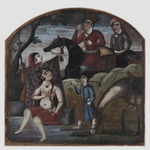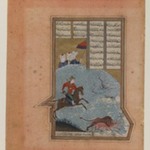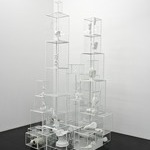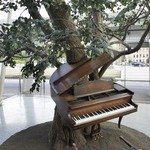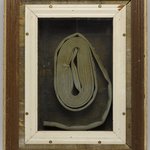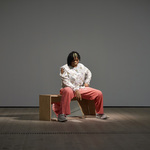

Sol LeWitt (American, 1928–2007). Hanging Structure, 1993. Wood, pigment, 192 x 36 x 36 in. (487.7 x 91.4 x 91.4 cm). Brooklyn Museum, Gift of Jill and Jay Bernstein, 2016.35. © artist or artist's estate (Photo: Image courtesy of the donor, CUR.L2011.2_view4_donor_photograph.jpg)

Sol LeWitt (American, 1928–2007). Hanging Structure, 1993. Wood, pigment, 192 x 36 x 36 in. (487.7 x 91.4 x 91.4 cm). Brooklyn Museum, Gift of Jill and Jay Bernstein, 2016.35. © artist or artist's estate (Photo: Image courtesy of the donor, CUR.L2011.2_view3_donor_photograph.jpg)
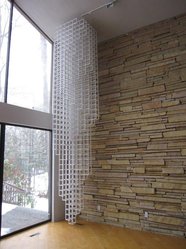
Sol LeWitt (American, 1928–2007). Hanging Structure, 1993. Wood, pigment, 192 x 36 x 36 in. (487.7 x 91.4 x 91.4 cm). Brooklyn Museum, Gift of Jill and Jay Bernstein, 2016.35. © artist or artist's estate (Photo: Image courtesy of the donor, CUR.L2011.2_view5_donor_photograph.jpg)
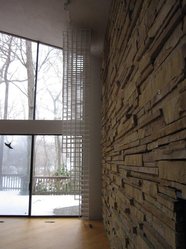
Sol LeWitt (American, 1928–2007). Hanging Structure, 1993. Wood, pigment, 192 x 36 x 36 in. (487.7 x 91.4 x 91.4 cm). Brooklyn Museum, Gift of Jill and Jay Bernstein, 2016.35. © artist or artist's estate (Photo: Image courtesy of the donor, CUR.L2011.2_view2_donor_photograph.jpg)

Sol LeWitt (American, 1928–2007). Hanging Structure, 1993. Wood, pigment, 192 x 36 x 36 in. (487.7 x 91.4 x 91.4 cm). Brooklyn Museum, Gift of Jill and Jay Bernstein, 2016.35. © artist or artist's estate (Photo: Image courtesy of the donor, CUR.L2011.2_view1_donor_photograph.jpg)
Hanging Structure
Sol LeWitt
Contemporary Art
In contrast, Terence Koh, inspired by queer, punk, and DIY cultures, belongs to a 1990s generation whose work is more personally inflected. Embracing decay and ephemerality, Untitled (Vitrines) displays whitewashed objects collected from friends, lovers, Koh’s childhood, and flea markets, acting almost as a shrine preserving relics from his life. The sculpture departs significantly from LeWitt’s strict vision yet engages with the legacies of Minimalism and Conceptual art, exploring the possibilities of the grid and the monochrome and extending those formal considerations into the personal realm.
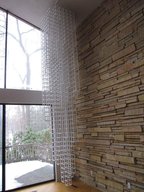

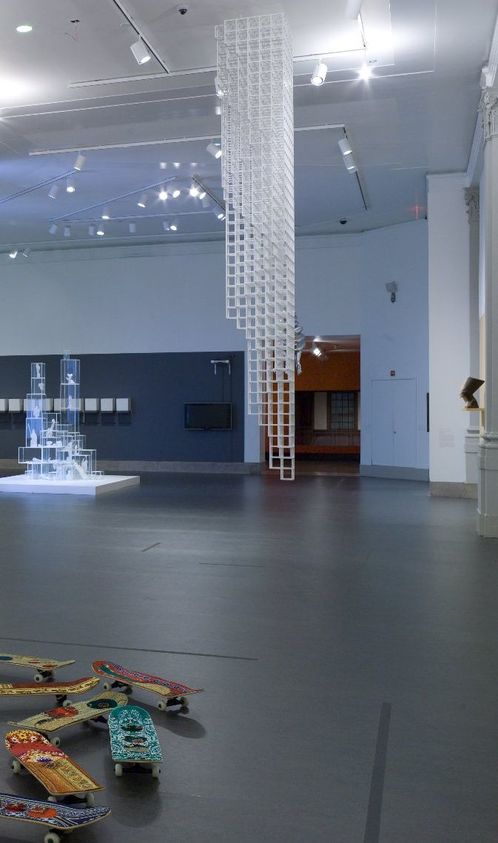


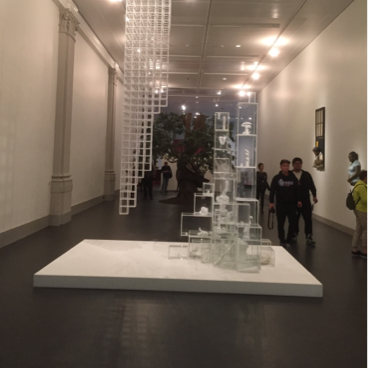
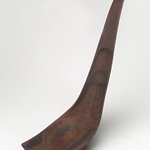


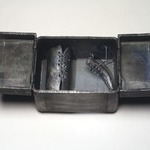
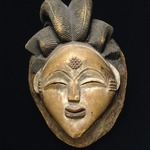
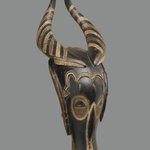
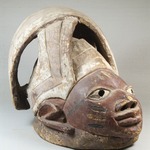
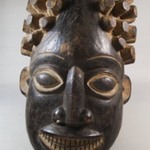
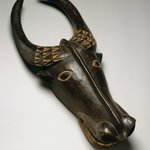

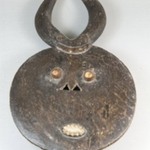
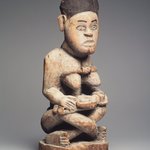


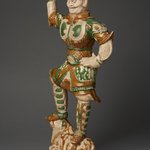

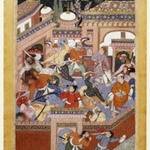

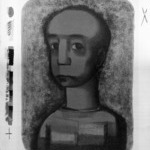
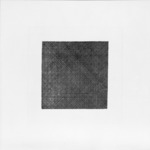
![[Untitled]](https://d1lfxha3ugu3d4.cloudfront.net/images/opencollection/objects/size2_sq/76.205.14_PS2.jpg)

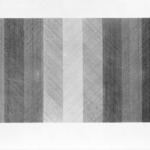

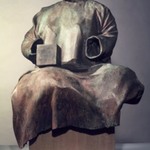
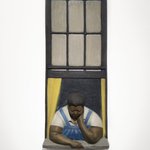

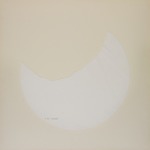


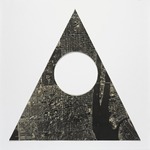

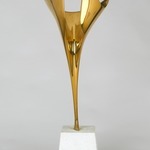
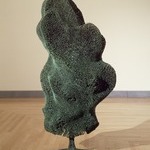
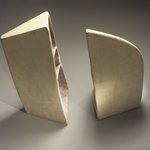
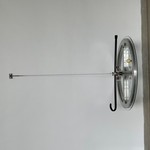
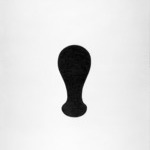

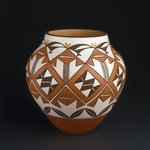
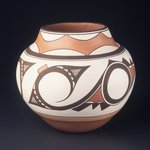
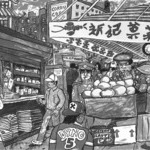
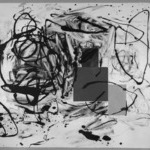

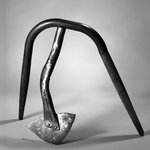
![[Untitled]](https://d1lfxha3ugu3d4.cloudfront.net/images/opencollection/objects/size2_sq/1996.51.16_PS4.jpg)
